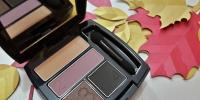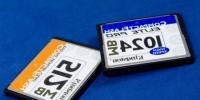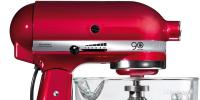How to replace the lock cylinder in the front door
In order not to dismantle the old broken lock, you can replace the larva.
Breakage of the front door lock is a nuisance from which absolutely none of us is immune. In this situation, many begin to panic and immediately look for a master, but it is quite possible to cope with this problem on your own, having previously armed yourself with the necessary knowledge. To begin with, it should be noted that not every breakdown of the lock requires its complete replacement, often it is enough to change the larva - the very part of the lock that is responsible for its secrecy. In most cases, this solution is more convenient, since it is possible to replace the lock cylinder in the front door, while retaining the fittings of the old design.
The most common and commonplace reason for replacing the lock cylinder on the front door is the loss of the keys to the lock. In such a situation, there is simply nowhere to go - you either need to remove and change the device completely, or get by with replacing its internal part.
Another common reason for replacement of the larva is the wear of the mechanism, which, due to the age of the parts, can fail.
Another simple reason is an unreliable lock, which, in the opinion of the owner, can be easily broken into on occasion. This reason for replacing the front door cylinder is common in cases where the house or apartment has just been bought, and the new owners do not want to immediately change the doors and change the locks.
What are the types of castles
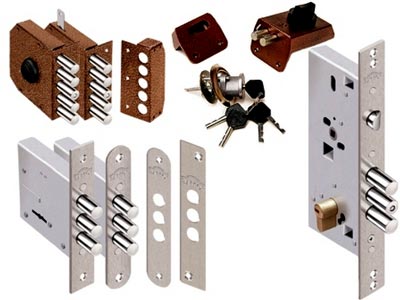
Types of locks for the front door.
Before changing the lock cylinder, you should decide what kind of locking mechanism is in your door. Let's look at the main types of modern castles for this.
- Cylinder locks. Known since the middle of the century before last, locks in the form of a cylinder are still regularly used. Today, there are two standards under which manufacturers produce this type of lock: DIN and RIM. And if you don’t often see the second variety now, then the mechanisms of the European DIN standard are completely interchangeable. You need to choose such a larva based on the thickness of your door and the location of the screw fasteners relative to the outer and inner parts of the door. Cylinder mechanisms can have a system of three types: “key-revolver” (opened from the outside with a key, and from the inside - with a rotary handle), “key-key” (opened from both sides with a key), half-cylinder (for those rooms where opening the door provided only on the outside).
- Disc locks. They differ from cylinder ones in that they have a completely different principle of operation and the structure of the mechanism. The design of such a lock is based on movable disks, which, when the key is turned, line up in a certain order and at a special angle. The key for such a lock has the shape of a semicircle in cross section, and each of the notches on the key is placed in accordance with the location of the movable disks.
In addition to these two most common types of locks, modern manufacturers continue to improve the secret part, inventing more and more complex mechanisms. So, today there are already locks with armored inserts, made of a titanium case, with pins made of refractory material. Such locks are good because they are practically not afraid of break-ins, since the selection of keys to them is simply impossible. At the same time, the replacement of their larvae is quite feasible.
Dismantling and replacing the old larva with a new mechanism
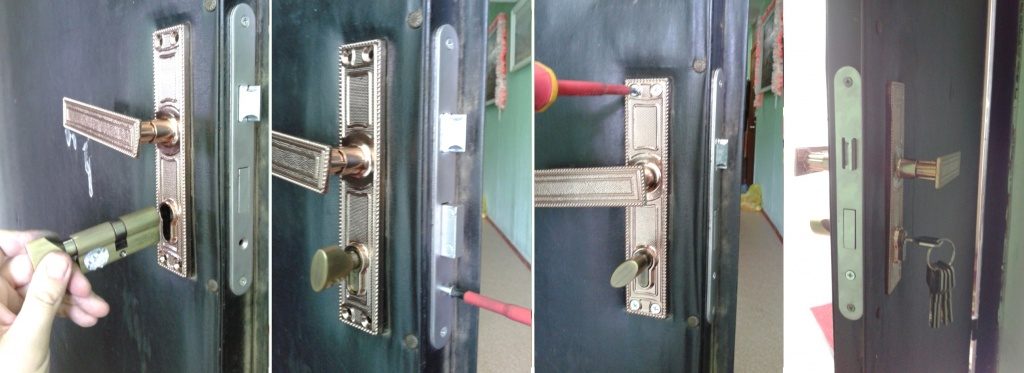
The process of replacement of the larva.
Replacing the lock cylinder of the front door is not difficult at all. For work, you need to stock up on a minimum set of tools. Namely: a Phillips screwdriver, a tape measure and, in fact, a new larva for the lock.
Features of replacing the door larva with your own hands will depend on the type of lock. So, the larvae of disk locks can only be exchanged for the larvae of related mechanisms. And since it can be quite difficult to find a lock that is absolutely similar to yours, the easier and faster option would be to completely replace your lock by removing the old one and installing a new one.
As for the most common cylinder locks, here, as mentioned above, there will be no problems, since it will not be difficult to find a replacement.
So, how to change the core of the lock? The procedure consists of several stages:
- Find the fixing screw that fixes the larva inside the lock. It must be unscrewed before removing the larva. Most often, it is located at the end of the door and enters through the metal bar of the lock. The screw is completely unscrewed, after which the lock cylinder can be removed. To do this, push the part from the back and pull it towards you. If the larva does not give in, despite the fact that the screw is completely unscrewed, then insert the key and turn it clockwise a little - this will help to remove the movable cam located in the mechanism into the cylinder.
- Using a tape measure, measure the total thickness of the door, including the cladding and insulation (if it was insulated after the failed larva was installed). In the same case, if the thickness of the door has not increased, you can safely take the old cylinder as a basis. Also, don't forget to measure the diameter of the larva, which will play a significant role in choosing a new core. It is important to pay attention to the place where the screw that secures the larva passes. It is not always located clearly in the middle of the door end, very often it is shifted to one of the sides, therefore, if it is not possible to take the old cylinder with you to the store, write down or sketch all the measurements in detail, noting how the hole for the screw is located relative to inside and outside of the door.
- Choose a mechanism that clearly corresponds to all the measurements taken, then it will sit tightly in the lock. Not the last role is played by the color of the metal of the new larva, which must fully match the color of the door hardware. When choosing a new larva, do not lean towards cheap models from unknown manufacturers, because buying a lock for the front door to your own home is not the case when you need to take risks. It is better to overpay a little, but in the end get a reliable mechanism made of durable metal.
- The installation of a new larva is the reverse process of its dismantling. But here some difficulties await you: if you pull out the fixing screw very quickly, then installing it is a rather troublesome task. After the screw is safely tightened, test the lock several times by closing and opening it with a key. If the key turns smoothly, without unnecessary effort, squeaks and friction, then the installation was successful.
Door lock rules
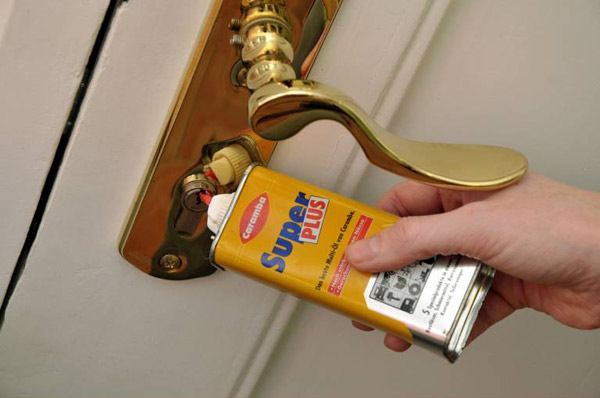
Liquid lubricant is introduced into the lock cylinder.
In order to extend the life of the lock mechanism, you need to provide it with proper and timely care. For proper operation of the lock, like any other mechanism, it must be periodically lubricated. To do this, you can use machine oil, or more modern means: silicone, grease, lithium, etc.
Make sure that dust and dirt do not accumulate inside the lock, which must be removed from time to time with a special liquid.


